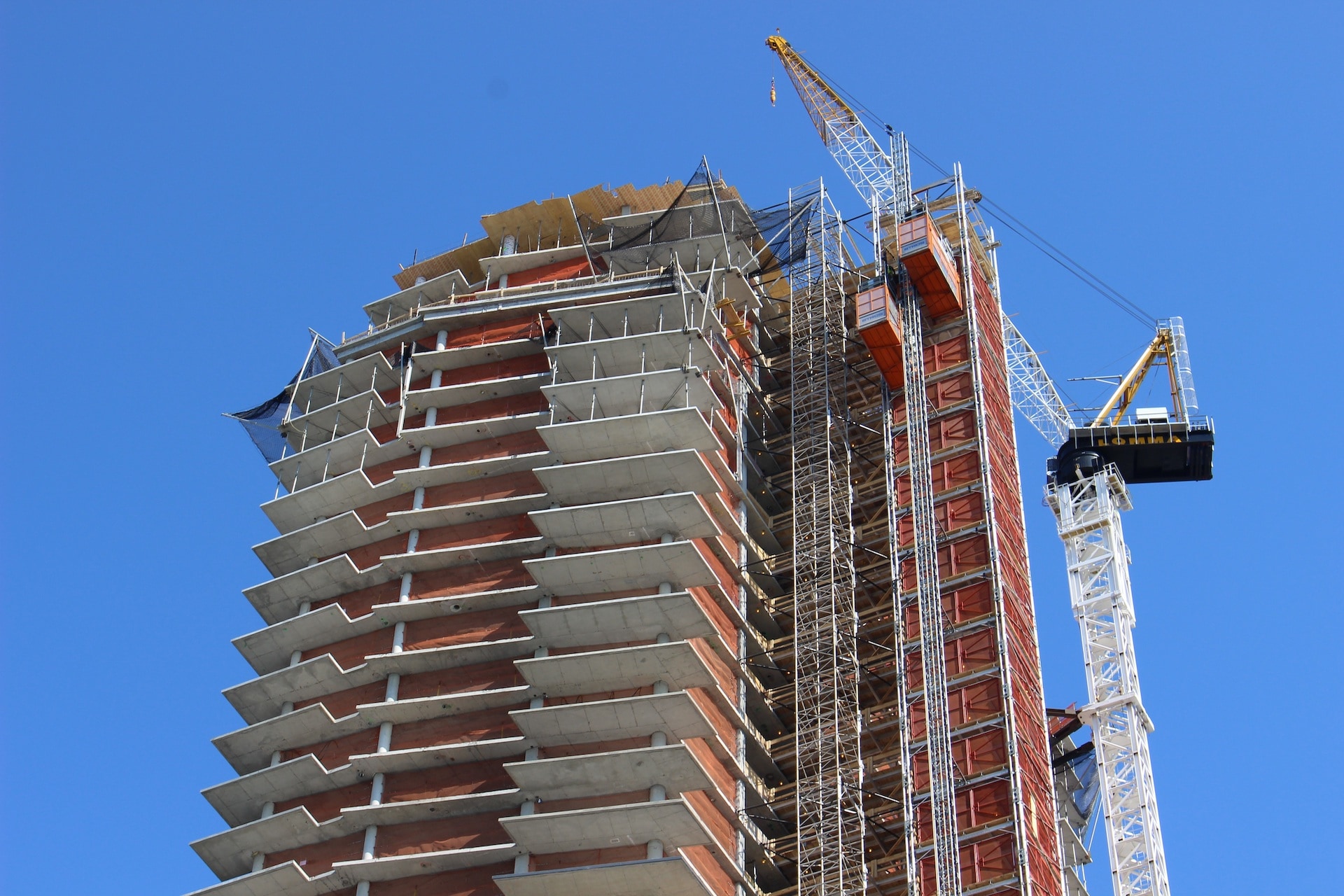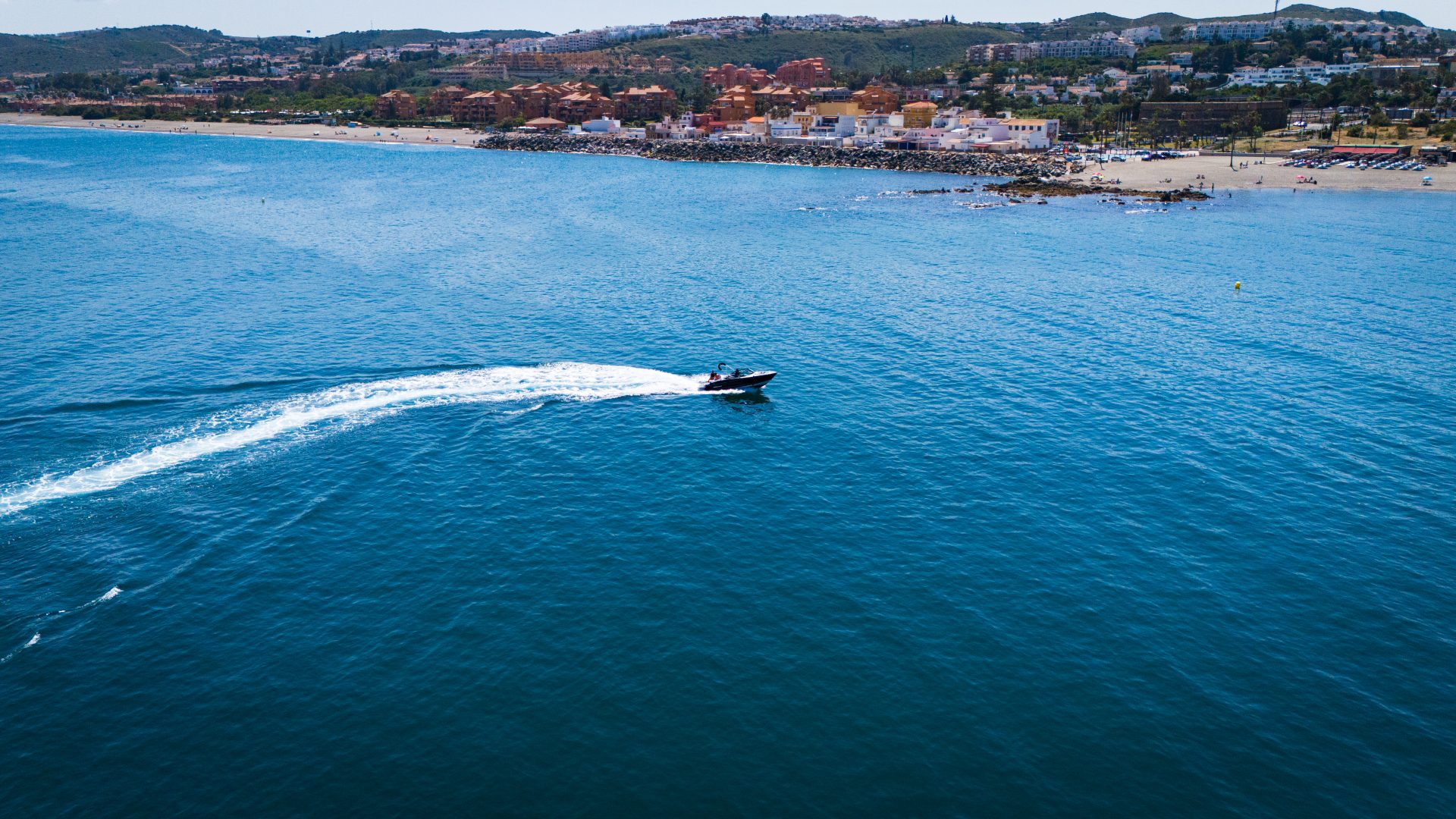When it comes to taking on a construction project, one of the most important things that must first be addressed is the cost of the construction project. Not only does this help you calculate how much the construction is going to cost, but also the profit you can make from it. In this article, we will help you place a better price on your work and cover the construction protocols and taxes that you will face when building in Spain.
Construction and engineering protocol
The construction sector plays an essential role in Spain and its economy, as it is one of the biggest sectors in the country. Due to this fact, it has a well established protocol when it comes to construction and engineering. As defined in Articles 1255 and 1256 of the civil code, the parties can reach any decision that they wish between them, as long as these decisions do not go against the law, moral or public policies. The framework for construction contracts and engineering protocols in Spain are contained within the following:
- Civil code: This provides the general legal framework regarding formation, validity, interpretation, and performance.
- Building Act (Law 38/1999): This applies to both public and private, including all new building works alongside extensions, modification, repairs, and rehabilitation.
- Public Sector Contracts Act (Act 9/2017): Implements EU directives on the award of concession contracts.
When it comes down to construction contracts in Spain, most contractors and consultants tend to use the International Federation of Consulting Engineers (FIDIC) forms of contract.
Regarding payment for construction work in Spain, there are three different ways of payment, each of which has its own contract.
- Lump sum – this means one fixed price payment for all construction materials and related activities.
- Unit price – The contract price here is determined by measuring each item of work and applying the correct rate or price to it.
- Cost of the work plus a fee – Here the price is determined at the end of the project by adding up the actual costs, purchases, and other expenses generated directly from the construction work. The prior normally includes material and labour, and then on top of this the fee of the contractor is added. The contractor fee is worked out by calculating a percentage of the work, which covers the contractor’s overheads and profits.

During the construction process it is common practice to receive a monthly provisional certificate, from the technical supervisor, documenting the completed works up until the date that the certificate is issued. Both the designers’ and the technical supervisors fees are normally included in accordance with the corresponding professional society.
Between private companies, payment has to be made within 30 natural days of the receipt of the goods or services, unless specifically stated by the parties involved. In the case that the payment is made once 60 natural days have passed, it would then be the debtor’s responsibility to pay interest on top of the original payment.
To ensure that the developer receives quality work, payments to the contractor are reduced by between 5% and 10%. This is saved, and then paid to the contractor once a year has passed since construction ceased – to avoid any construction defects.
How is construction cost calculated?
When it comes to starting a construction project, the first thing that should be considered is the cost factor. This includes both the direct and indirect costs. Direct costs are those that are attached to the specific project such as labour costs, machinery, and equipment and raw materials. Indirect costs, on the other hand, are the costs that are tied to the company more than specific projects. These costs include general and administrative costs, bookkeeping and accounting, taxes, legal costs and business insurance. These costs combined are also known as the overhead of the business -the amount of money that needs to be spent regularly to keep the business functioning.
The cost of construction rate per square foot can be calculated by using the following formula:
Cost of construction = Area of the plot * Construction rate per square foot
Looking at the first part of the formula, we can see that to know how much the construction process is going to cost we must first know the area of the plot and the construction rate per square foot. With the area of the plot being pretty self-explanatory, we can move onto the construction rate per square foot. We can work this out by looking at the location of the property and the materials that we plan to use (both quality and quantity), labour costs, architect costs and contractor profit. Once we have both the area of the plot and the construction per square foot, we times them together, and we are left with the total cost of construction.

How to calculate profit
Once all the hard costs have been paid for, what is left over is considered the profit from the sale of the development. But just how do we calculate the profit made from the sale of a development?
The process of calculating the profit starts long before the construction process itself does. However, to make a bid for a development, we must first have an idea of what the hard costs will be so that we can also factor in the profits. It must also be noted that the profits made from the sale should be separate from your own salary during the process – as the salary should already be included in the hard costs.

Ideally, your profit margin should be between 8% to 15% of the property’s value.
To calculate the profits made, we can use the following formula:
Revenue – Overhead = Job costs
First, to get the overhead, we need to combine the direct and indirect costs of the project. We then subtract the overheads from the revenue, which leaves us with the job costs. Then, in turn, we have to subtract the job costs from the total made, and we are left with the total profit from the project.
If you do wish to increase your profits, then there are ways of doing so. The first of the ways is by increasing your prices when making a bid. The second way of increasing profits is by reducing your overhead costs. One way that can be done is by ensuring that you have the right amount of insurance coverage and ensuring that you are not paying for something that you do not need.
Construction cost escalation
The escalation of construction costs is highly influenced by the level of construction activity, which in turn affects the level of inflation in the construction sector. The best pre indicator of inflation in the construction sector is, in fact, construction activity in the area. When the activity level is low, it creates more competition between the contractors in the area as they bid for the project. This often leads to them reducing their margins in order to win the bid and beat their competition. However, when construction activity in the area is high, and there is a lot of work, contractors are more likely to raise their margins – looking to make more profit whilst there is a lot of work.
Construction vat
VAT, also known as IVA in Spain, is paid on every purchase made, including homes and constructions. However, the amount of VAT that you pay depends on what you are buying and where you are buying it.
A new build is taxed at 10% of its value, whilst both land and commercial real estate are taxed at 21%. When land is purchased with a construction contract linked to it, then the low 10% VAT tax rate applies to both.
In the case that you purchase a property in Spain and then later decide to add something that does not change the structure or facade such as a pool or garage, then the 21% VAT rate would be applied to that addition.
When it comes to making renovations to your home, if you make renovations that amount to more than 25% of the properties total value and there are changes to the structure or facade, then the house is considered a new construction, and you can get the VAT settled.
Asset and service purchases
If you do decide to build your own property in Spain, you will be marked as a self-developer. This title brings with it financial and legal responsibilities that must be considered. The most important of which is that during the construction process, you must file and save all the invoices provided to you by the professionals helping you build the property. This is essential as they can be used to mitigate your seller’s tax bill, which are then offset and reduce your Capital Gains Tax (CGT). In the case that you don’t do this, you could find yourself facing an increased Capital Gains Tax when you decide to sell the property. By keeping the invoices, you will be able to reduce the Capital Gains Tax by almost 50%.
Sale of the development
When it comes time to sell your development in Spain, we need to bear in mind the taxes that selling a property in Spain carries. The main tax that needs to be taken care of when selling a property in Spain is the Capital Gains Tax, which is basically the tax that handles the value that you have added to the land or property. This must be paid in the case that the value of the property exceeds 700,000 and is payable, or 2,000,000, if not. In the case that it is your habitual residence, then the property only needs to exceed the amount of 300,000, for this tax to be obligatory for you.
If you are looking to kick-start your construction project in Spain then here at S4les we can help you. With our extensive knowledge of Spain and the construction sector, we can advise and help you make the most profit out of your next development.


